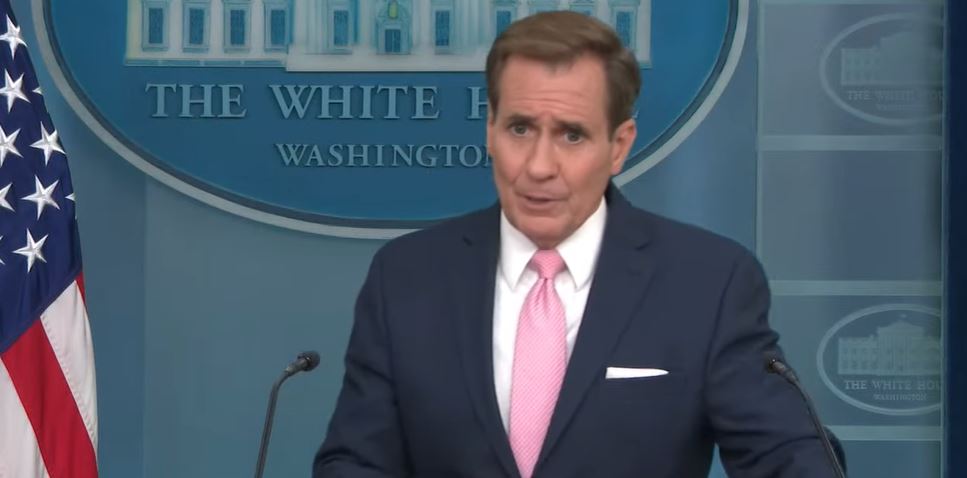Promising Prospects for Peace
The United States is cautiously optimistic about the ongoing Gaza ceasefire talks, according to White House National Security spokesperson John Kirby. This sentiment reflects a glimmer of hope in the prolonged and violent conflict between Israel and Hamas. Kirby expressed confidence that the existing gaps between the two sides could be bridged through persistent diplomatic efforts.
Bridging Gaps in Negotiations
“We are cautiously optimistic that things are moving in a good direction,” Kirby stated in a recent CNN interview, indicating a potential breakthrough in negotiations. He acknowledged, however, that there are still significant differences that need resolution. To address these challenges, Brett McGurk, the U.S. Middle East envoy, and CIA Director Bill Burns are actively engaged in the region, working diligently to narrow these gaps.
President Biden’s Ceasefire Proposal
In late May, President Joe Biden outlined a comprehensive three-phase proposal aimed at achieving a lasting ceasefire. The plan includes the release of hostages in Gaza and Palestinian prisoners held by Israel, the withdrawal of Israeli forces from Gaza, and the reconstruction of the coastal enclave. This strategic approach is designed to pave the way for sustainable peace and stability in the region.
Diplomatic Efforts Intensify
Burns and McGurk have been holding meetings with regional counterparts to advance the ceasefire deal. Their diplomatic efforts are crucial in navigating the complex and sensitive dynamics of the Israeli-Palestinian conflict. The willingness of Hamas to accept a key part of the U.S. plan, specifically dropping their demand for Israel to commit to a permanent ceasefire before signing the agreement, marks a significant development in the negotiations.
Israel’s Stance on the Ceasefire
Israeli Prime Minister Benjamin Netanyahu has maintained a firm stance that any ceasefire agreement must not hinder Israel’s ability to resume military operations until its war objectives are fully met. This position underscores the complexities involved in reaching a consensus. Netanyahu reiterated to McGurk that Israel is committed to securing a Gaza ceasefire deal, provided that Israel’s critical red lines are respected.
Context of the Conflict
The latest surge in violence in the Israeli-Palestinian conflict was triggered on October 7 when Hamas-led fighters launched an attack on southern Israel, resulting in the death of 1,200 people and the capture of around 250 hostages, according to Israeli reports. In response, Israel’s military operations in Gaza have led to the deaths of over 38,000 Palestinians, as reported by the Gaza health ministry. This has also resulted in widespread displacement, a severe hunger crisis, and allegations of genocide, which Israel has vehemently denied.
Hope for Resolution
The cautious optimism expressed by the U.S. reflects a broader hope that the ongoing diplomatic efforts will lead to a ceasefire and eventually, a more permanent resolution to the conflict. The involvement of high-level U.S. officials in the negotiations underscores the international community’s commitment to finding a peaceful solution.
Soumya Smruti Sahoo is a seasoned journalist with extensive experience in both international and Indian news writing. With a sharp analytical mind and a dedication to uncovering the truth, Soumya has built a reputation for delivering in-depth, well-researched articles that provide readers with a clear understanding of complex global and domestic issues. Her work reflects a deep commitment to journalistic integrity, making her a trusted source for accurate and insightful news coverage.



